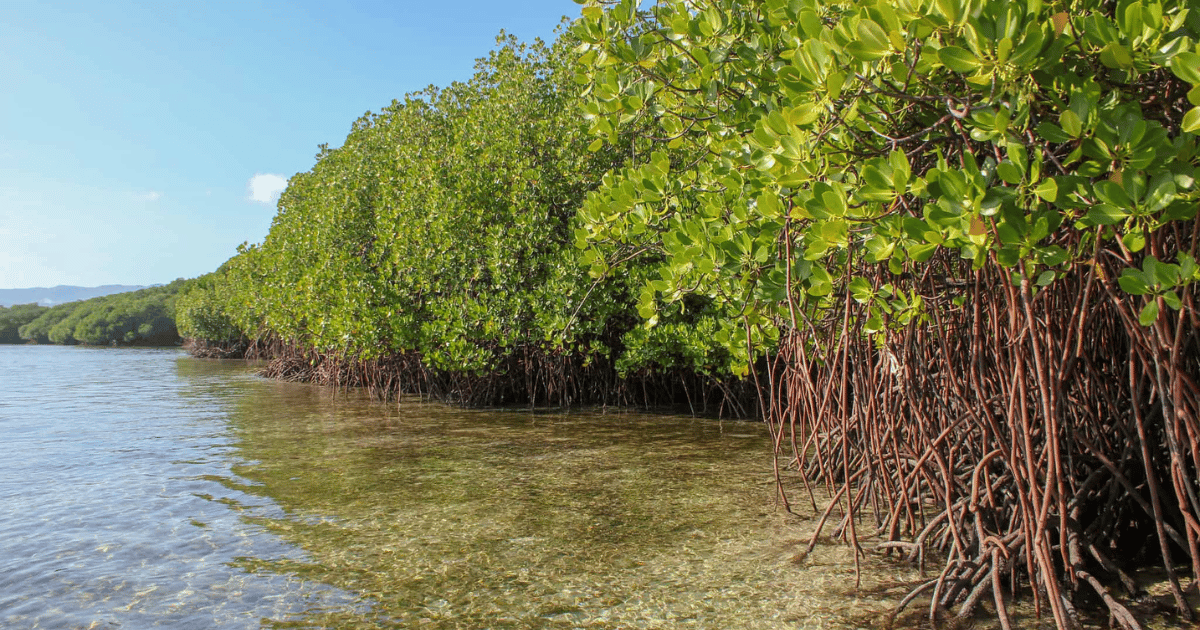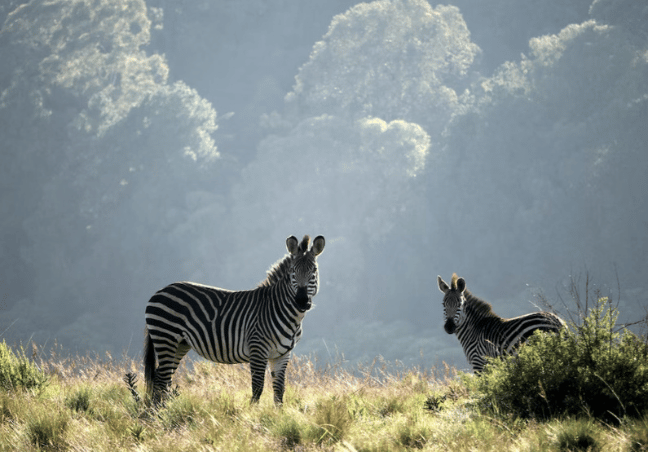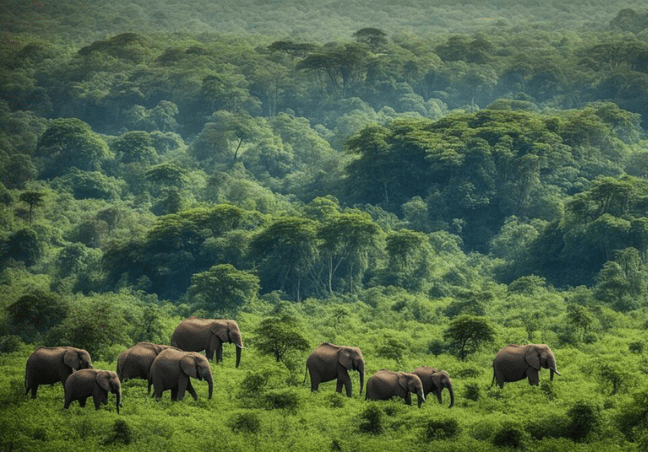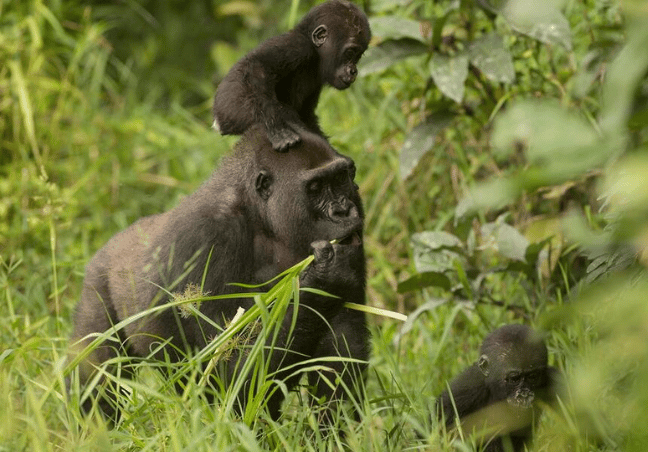- Conservation Rising
- Posts
- Biodiversity bonds take the next big step forwards
Biodiversity bonds take the next big step forwards
Dear subscriber, this is a prototype. Please help us with feedback and tips. Just press reply.
The Global Environment Facility (GEF) plans to launch biodiversity bonds aimed at mobilising up to $1.5 billion for the protection of endangered species and ecosystems across 54 African countries. Following successful pilot projects for rhinos and chimpanzees in Rwanda, and lemurs in Madagascar, GEF will commit an initial $150 million. |
The bonds, first tested in 2022 with a rhino protection project in South Africa, link repayments to conservation outcomes. If governments achieve biodiversity targets, such as reducing poaching or increasing species populations, they repay less.
This structure provides off-balance-sheet financing that does not contribute to national debt and is attractive to private investors seeking measurable impact.
Our take: The expansion from flagship species to full ecosystems signals a growing trust in biodiversity bonds…Read more (2 min)
Southern Africa dominates current conservation job listings, with South Africa hosting a dense cluster of research-driven roles focused on big cat tracking, elephant monitoring and rhino protection. Organisations are offering internships and field guide apprenticeships reflecting a strong emphasis on skills transfer and biodiversity surveillance. |
In East Africa, conservation hiring this month highlights leadership and restoration. Positions such as Chief Operating Officer at The Pangolin Project in Kenya and Field Restoration Officer in Ethiopia indicate a shift towards integrated landscape management.
West and Central Africa are prioritising conservation finance and governance. IUCN is seeking specialists in REDD+ and ESMS in Senegal, Ivory Coast and Burkina Faso.
Find the full list here…Read more (2 min)
The World Wildlife Fund (WWF) Africa increased its workforce by 19% over the past year, growing to 70 employees, according to LinkedIn data. Cameroon experienced the highest growth at 75%, likely due to WWF’s transboundary conservation efforts in the Sangha Tri-National and its support for Indigenous Peoples and Local Communities in the Congo Basin. |
Cameroon project spans 4.4 million hectares and includes three protected areas: Lobéké National Park (Cameroon), Dzanga-Sangha Special Reserve (Central African Republic), and Nouabalé-Ndoki National Park (Republic of Congo).
Kenya saw a growth rate of 44%, increasing its staff count to 13, which now matches that of South Africa. Together, Kenya and South Africa host the largest number of WWF Africa employees, each accounting for 19% of the total team.
Our take: While field-based conservation remains central, the organisation appears to be adding capacity for more participatory and informed approaches…Read more (2 min)
____________________


Financial Sector Deepening Africa Investments is injecting $2.5 million into the “Blue” project, a nature-based solution in Sierra Leone aimed at restoring 94,000 hectares of mangroves.
Events
🗓️ Participate in the World Nature Conservation Day events near you (July 28)
🗓️ Attend the 6th World Congress on Agroforestry in Rwanda (October 20)
🗓️ Follow the IUCN World Conservation Congress in Abu Dhabi (October 9)
Various
🌳 A new report ranks Africa’s wetlands among the most degraded
🐕🦺 Dogs help track South Africa’s endangered tortoises
🦜 Africa’s first parrot museum opens in Uganda
Seen on LinkedIn
Mehlam Akbarali, a Wildlife and Nature Photographer, says, “Africa, especially East Africa was once a hotspot for trophy hunters. The era of colonial hunting almost wiped out our wildlife and heritage. After years and years of effort, the narrative has changed to 'worth more alive'.”__________________


